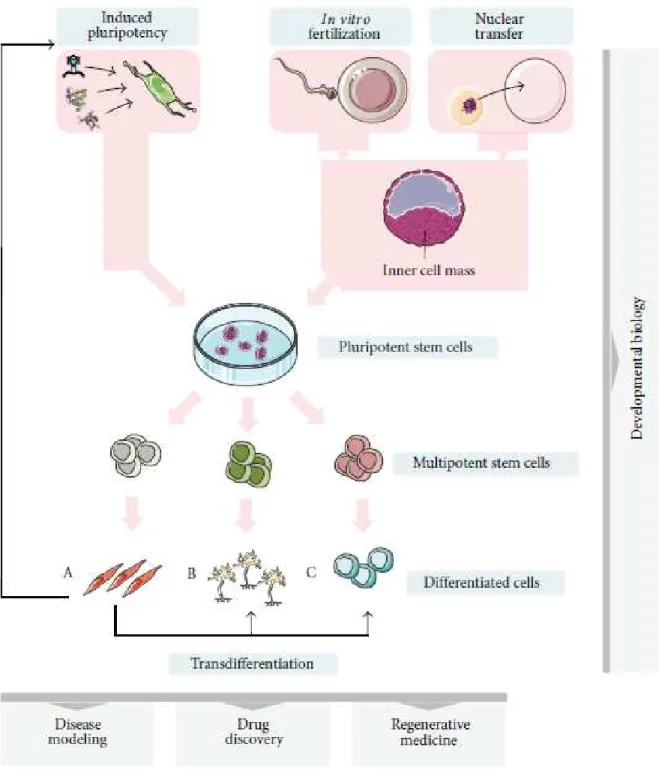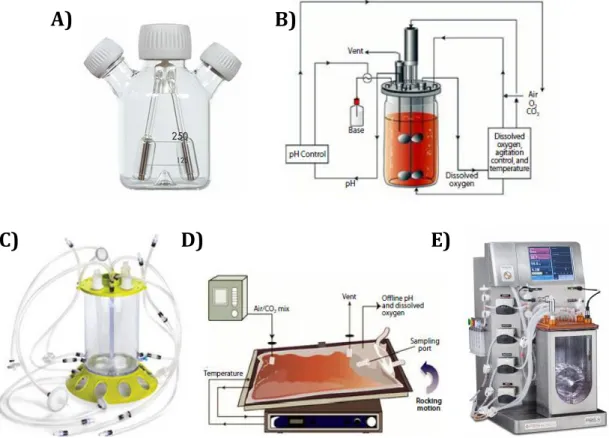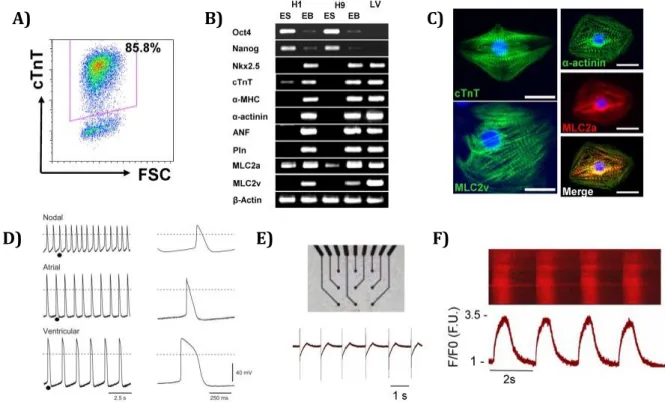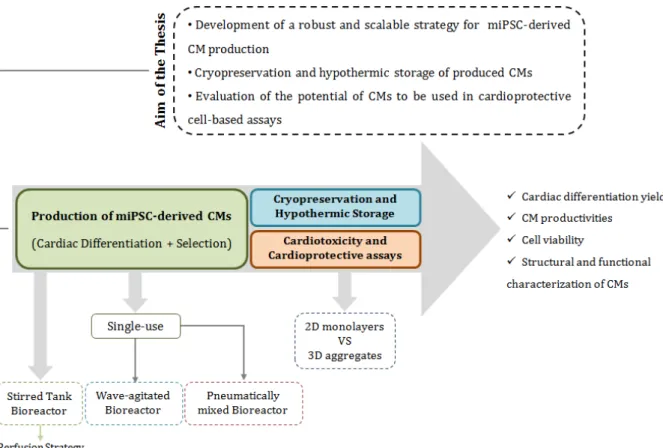Bioprocess engineering of induced pluripotent stem cells for application in cell therapy and pre-clinical research
Texto
Imagem
![Figure 1.1: Causes of death in Europe, 2011 (adapted from [2]).](https://thumb-eu.123doks.com/thumbv2/123dok_br/16672892.742789/23.893.149.753.436.714/figure-causes-death-europe-adapted.webp)


![Figure 1.5: 2D and 3D strategies for cultivation of PSCs (adapted from [15]).](https://thumb-eu.123doks.com/thumbv2/123dok_br/16672892.742789/34.893.112.787.96.453/figure-d-d-strategies-cultivation-pscs-adapted.webp)
Documentos relacionados
For a better understanding of the comportment of the FBG sensors when embedded, we created a experimental set-up formed by the carbon composite laminate sensor with
E1: (…) uma boa compreensão do Estado Português em relação às suas imigrantes, porque enquanto uma pessoa não tiver documentos, não pode inscrever em certos sectores cá…
Este artigo ocupa-se da reflexão sobre a importância da informação no Governo Local, destacando o Cadastro Terri- torial Multifinalitário – CTM como uma eficaz ferramenta de apoio
Estabelecendo o paralelismo com o ciberespaço numa perspetiva de segurança (objeto da nossa investigação), é nosso entendimento que os Estados e outros atores
This paper outlines some of the recent research and development advances in mango breeding and genomics, rootstock development, disease management and harvest technologies that
Different three-dimensional (3-D) culture strategies were evaluated and compared: microencapsulation of hESCs as single cells, cell aggregates and cells immobilized
tes, scientists have clarified how opa cities form in diabetic cataract(14). This is a good example of scientific cross pollination. Biochemical studies ha ven shown that at
Reprogramming efficiencies of induced pluripotent stem cells using the cell therapy system, the traditional system, and the E6/E8 system were 0.014%, 0.028%, and





